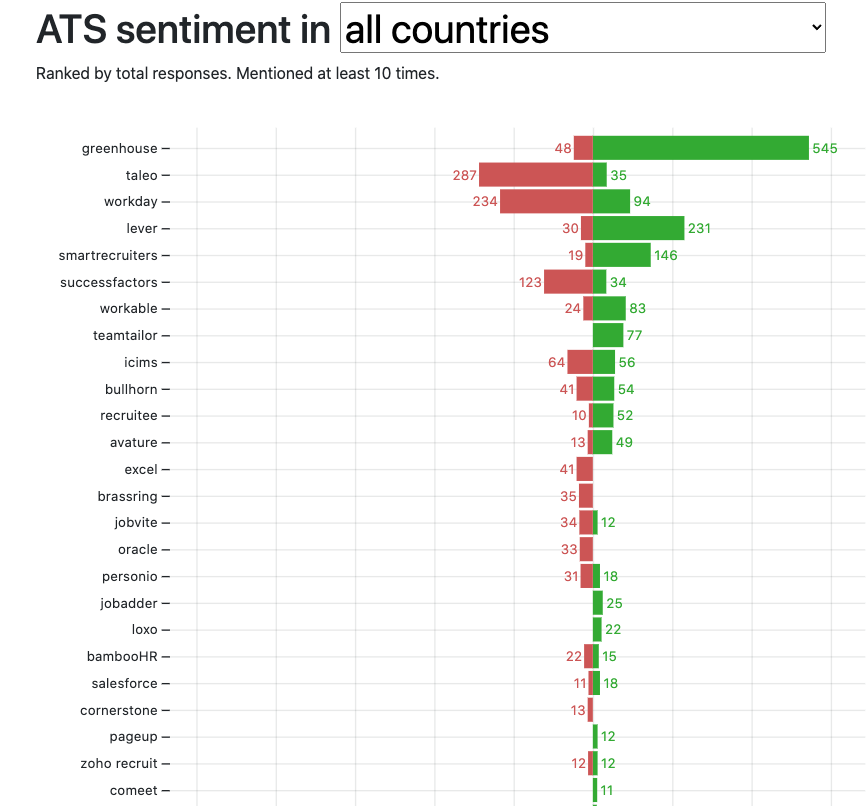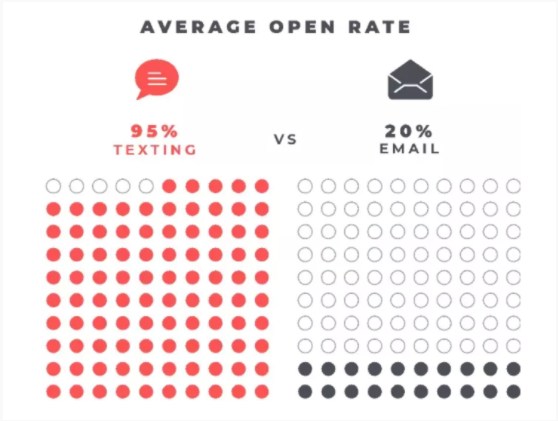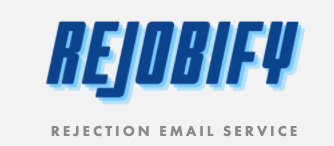Okay, it’s been a minute since I’ve been sharing my HR/TA Technology reviews. I’ve been busy finishing Volume 2 of the Talent Fix. Honestly, I’ve missed looking at a lot of tech, so get ready, I’ll probably be talking about more than you want! I’m excited to be writing tech reviews again.
If you’re new to my reviews, let me give you a little insight. None of these reviews are paid for. I just like this stuff, and I find the audience doesn’t know a lot about it, so I share what I know. I also try and focus on what is useful and what I like. Someone might think a piece of technology is junk, and the next person thinks it’s brilliant. If I share it on this page, I think it’s worth you doing a demo and finding out more about it, and you decide if it can work for you. Most likely, I would not be talking about a certain technology if someone hadn’t told me it was working for them!
This week, I revisit a technology that I’ve talked about before, but like most technology in our space, it evolves. Some change completely, some just become more feature-rich (marketing speak for adding more bells and whistles), and some pivot but stay in the space. JobSync didn’t add features or change or pivot, but they did become a little more laser-focused on their messaging, and as their client base will tell you, it just works.

What is JobSync?
JobSync solves a problem that most TA Teams have: getting more candidates to apply for your jobs. Specifically, it works well for enterprise, high-volume hiring. At this low-skill, no-skill candidate level, most candidates are coming from sites like Indeed, ZipRecruiter, etc. They find your open job on one of these sites, and then they get pushed to your site and your mostly vanilla, painful, large recruiting HCM module that asks them to register and jump through hoops.
Most candidates drop off at this moment. Seriously! 95%+ drop off. The conversion is awful.
The solution then becomes how do we get candidates to apply to our job when and where they are at the moment they find your job? This is where JobSync steps in and builds the workflow that gets all the information you need and makes it less painful for the candidate without the candidate even knowing anything is different.
Your conversions of applicants go from 3-5% to 20-50%. You can see your applicant flow 8-10X overnight!
Honestly, it seems too good to be true, and you have to be thinking to yourself, it probably costs an arm and leg. It actually very cost-effective and has a large ROI; when you factor in, you will be reducing a lot of your job ad spend because of your higher conversion. I hate to even say this because it’s just a tech marketing pitch, but it’s one of the few techs in our space that pays for itself almost immediately.
So, why isn’t everyone using JobSync?
Our space is very noisy. It’s hard to get heard, even when you’re good at what you do. Also, they’re selling an invisible solution, so it seems a bit like you’re buying magic! Your CFO and CIO can’t see it, so you have to actually know what you’re talking about to get it through all the decision-makers.
It’s way easier to show them other solutions to fill your top of the funnel that they can see and might be easier for them to comprehend. That’s also another major problem. Most executives have no idea that only 3-5% percent of potential candidates turn into an applicant. Hell, most TA leaders don’t know this! When I ask for a room of C-Suites, they’ll usually land on 60-75%. So, it’s hard for them to comprehend it’s so low and that connecting with candidates where they are can make such a huge difference.
JobSync has a couple of things going for them and their clients. They have one of the smartest teams in our space. I mean people that I listen to and ask questions. Don’t underestimate hiring smart people to solve your problems. They’ve figured out the psychology of high-volume hiring applicants and what it takes to get them to apply, and the data shows it’s really working.
Give them a demo and take a look. They are a technology that is recommended to many of the recruiting consulting clients I work with at the enterprise level.



